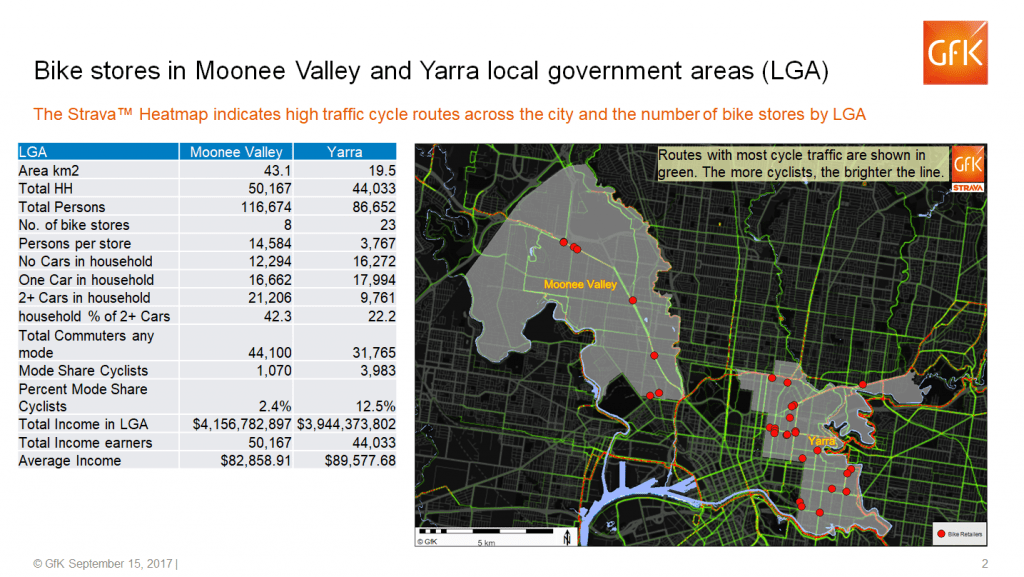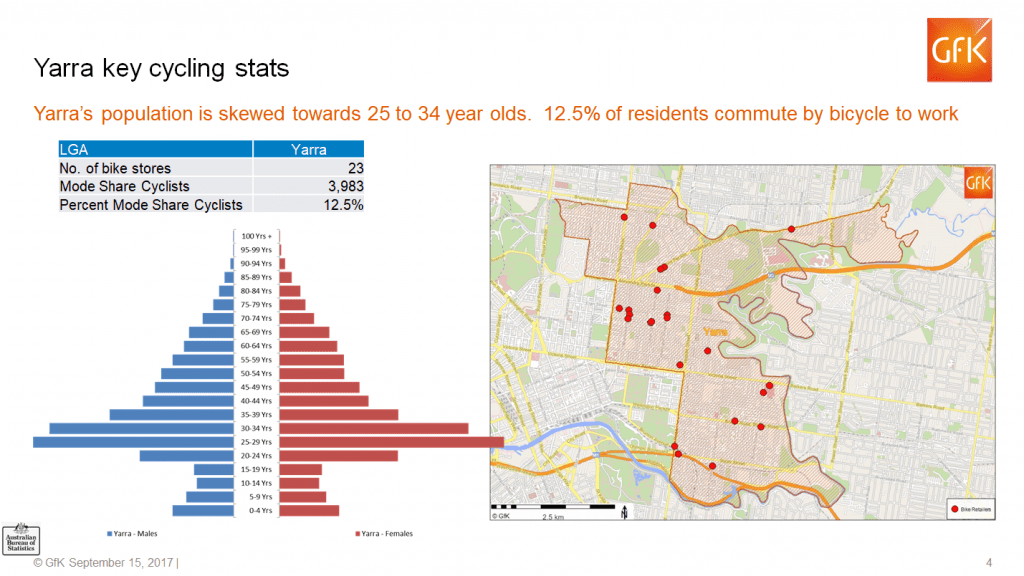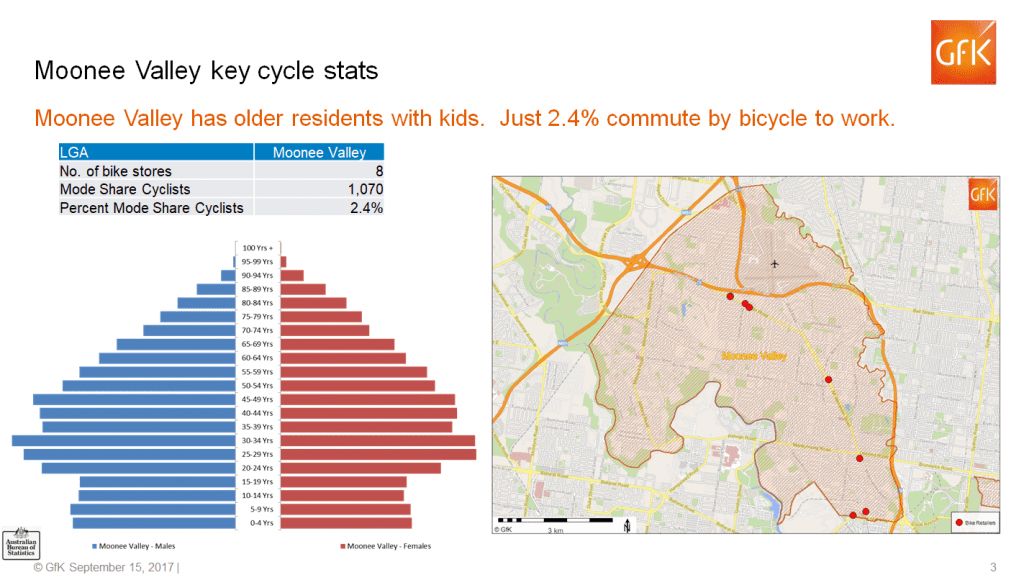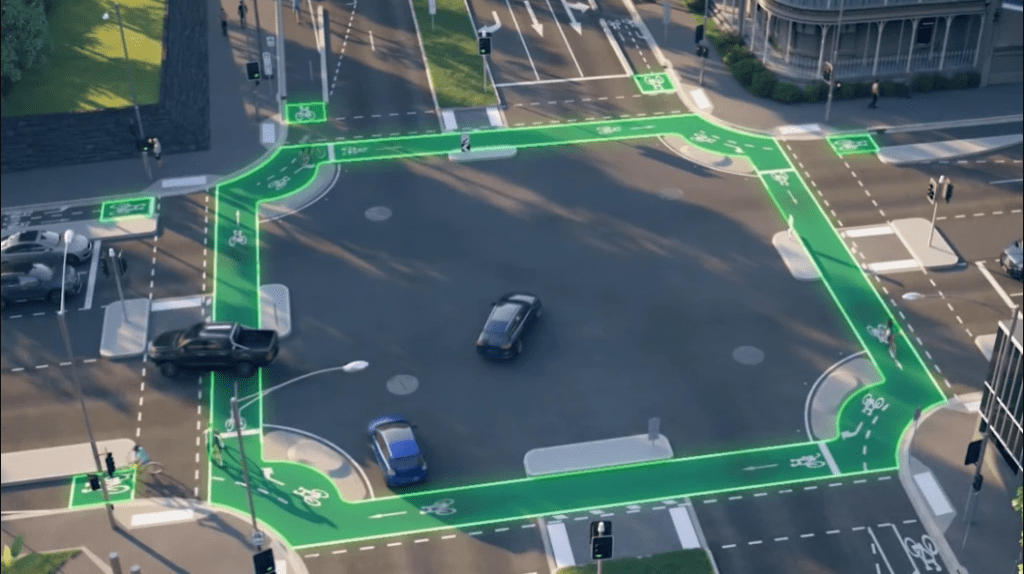Why We Deserve Government Support

I’ve always been an analytical type of person. Show me the numbers! Then I’ll make decisions based upon the data
There’s nothing exceptional in that. It’s what every good bike businessperson does day in and day out when they’re deciding what to order, what prices to charge and a host of other decisions.
Theoretically our local, state and federal governments operate under the same system. In government jargon it’s called BCA – Benefit Cost Analysis or occasionally BCR – Benefit Cost Ratio… have you ever noticed that governments can’t resist using TLA’s? (Three Letter Acronyms).
Under this process, governments have their staff or highly paid consultants analyse a range of solutions to a particular issue and work out the value of the benefits for each solution compared to the costs for that solution.
If governments operated this process properly then funding for cycling projects would go through the roof!
But there are two main weak points, at which potential cycling money evaporates into a mirage.
Firstly, many of the inputs used to calculate the benefits of cycling are understated or ignored. These relate to a wide range of benefits from business activity to health, transport, pollution and climate change.
In other words, the deck is stacked against us before we start. But even in this rigged game, a wide range proposed cycling projects from MTB parks through to urban cycle lanes, still score very high BCR’s, almost always higher than new motorways, multi storey car parks and many other projects that get funded at vastly higher amounts.
That’s when the second weak point kicks in. This point is usually the knees, the spine, the ‘ticker’ or another part of the typical Australian politician’s anatomy.
Why? As they will often tell you, the most important thing to most politicians is jobs. And the most important job to maintain is their own, which requires getting re-elected.
In their eyes, ‘There’s no money in cycling!’ More crucially, ‘There’s no votes in cycling!’
So the safest thing to do it to either ignore the huge benefits of cycling or pay it lip service and toss out a few token dollars every now and then.
Unfortunately this has a direct impact upon our industry.
I have shown some industry members the following images in the past, but they are worthy of a broader audience.






These images compare two LGA’s (local government areas) in Melbourne, the City of Yarra and the City of Moonee Ponds.
The City of Yarra has some of the best cycling infrastructure in Australia and not surprisingly some of the highest cycling rates in Australia. The City of Monee Ponds is a mixture – some reasonable cycling routes in the inner sections, but typical Australian car-centric cyclist hostile post war suburbia in the rest.
Take a look at the red dots which indicate the location and number of bicycle shops in each LGA. The City of Yarra, despite having just over 30,000 fewer residents, had just under triple the number of bike shops… 23 vs 8 at the time this study was done about two years ago.
Although we don’t have the sales data for any of the shops, if we assume that on average, sales are about the same, that means that the better cycling area, the City of Yarra, is making about three times the income for our industry from its smaller population than is the City of Mooney Ponds, which already has a cycling mode share that is double most outer suburban LGA’s.
Imagine if we could triple the income for our industry Australia-wide. How can we do this?
The single most effective change that could see our industry triple would be more government investment in cycling.
Take Derby in Tasmania as an example. This was a remote, tiny, near ghost town before it had just $3.1 million dollars of taxpayer’s money invested into a world class MTB trail network. Now there are three bike businesses in this tiny town, the largest of which shows about a dozen staff on its website. According to one estimate, the return on investment has been $30 million per year, that’s almost 1,000%!
Meanwhile our Other News section you’ll find an encouraging example of new government investment in Melbourne.

For the first time ever, the Victorian government is copying the proven successful intersection treatment used in hundreds of similar intersections in the Netherlands.
They say that this will be a trial and, ‘If it works…’ they’ll build more.
I have no doubt that it will work. It’s a tried and true format. The key questions are, ‘How many more? How quickly? Across how many Australian cities?’
As the bicycle industry, we have a direct financial benefit at stake depending upon the answers to these questions. As to how we can swing decisions like this in our favour, that’s a complex question for another day…

Reading about Australian politicians on bike policy (and climate policy) reminds of something Jarrod Diamond, the evolutionary biologist, wrote in 2005 about the collapse of human society on Easter Island. They cut down ALL of the trees. He speculated about what the conversation between a critic and the axeman might have been when the latter was preparing to cut down the last tree. “I disagree with your model” and “if I don’t someone else will”.
To be fair though, it is not all of our lot. But in particular it is the Feds, the Tasmanians and NSW.